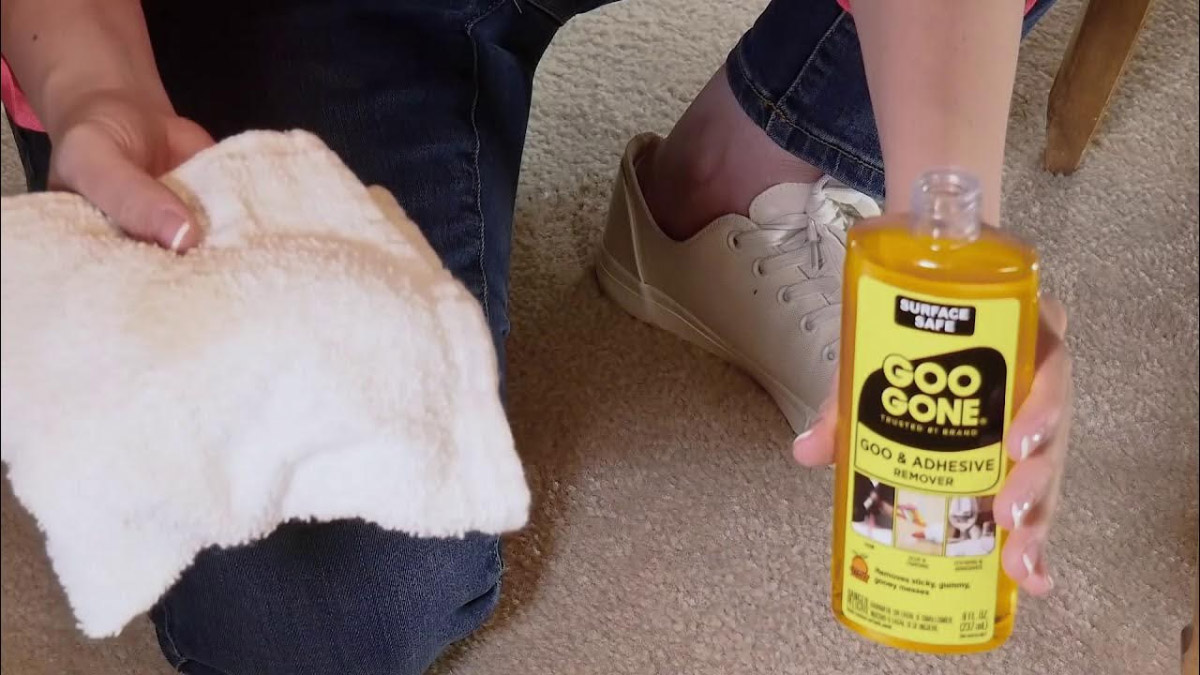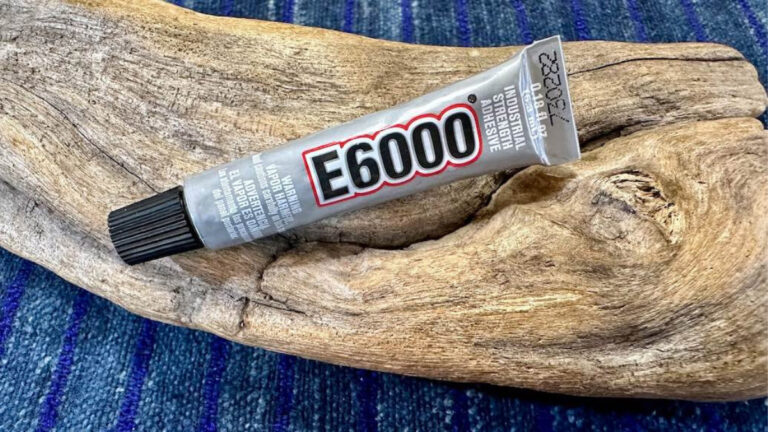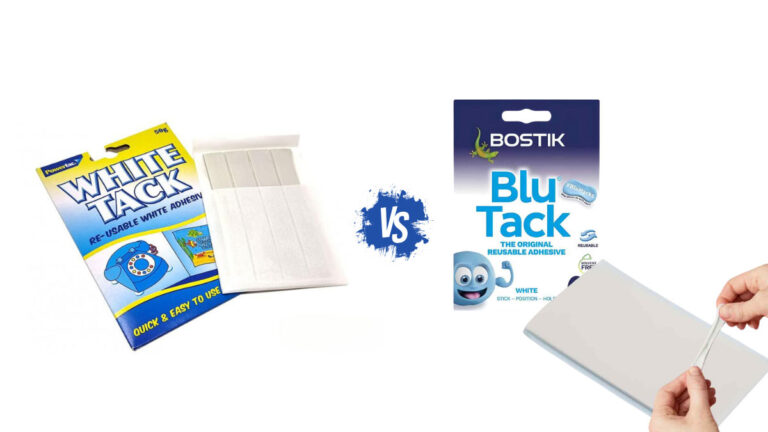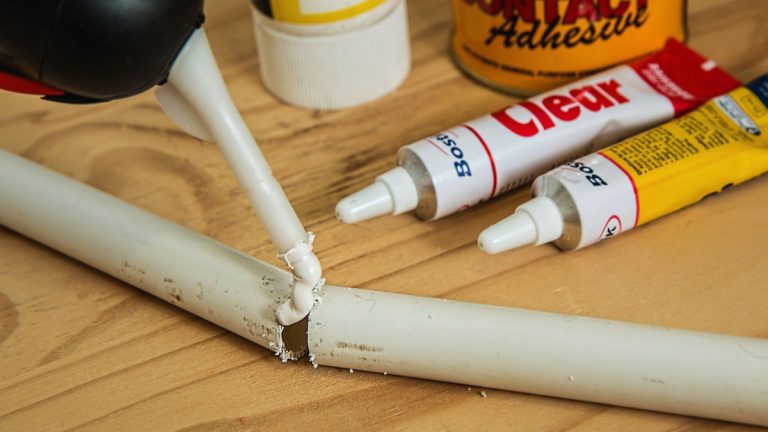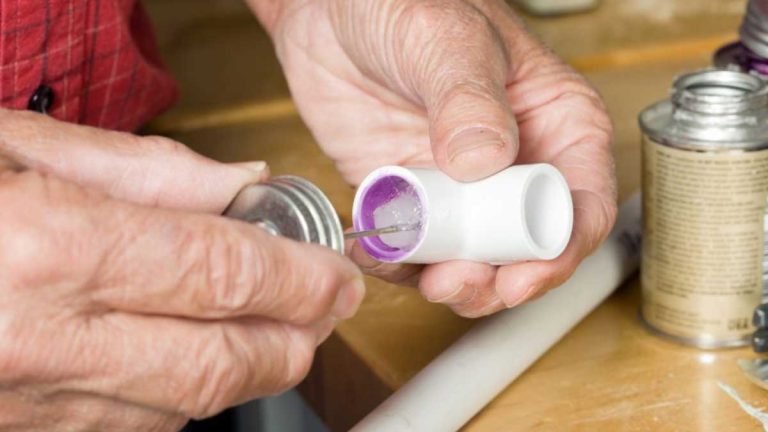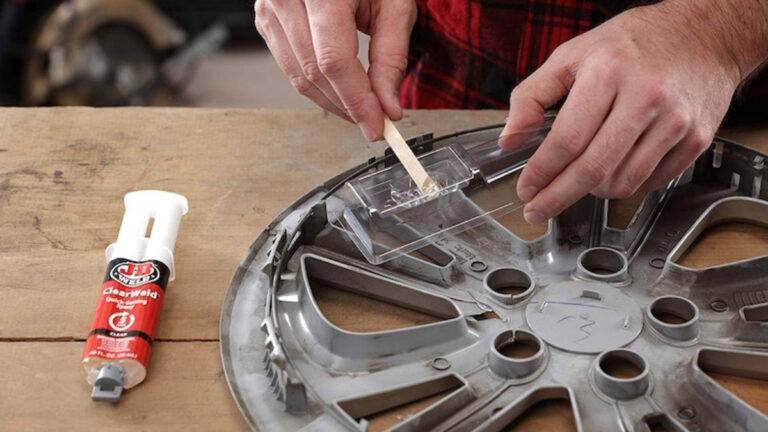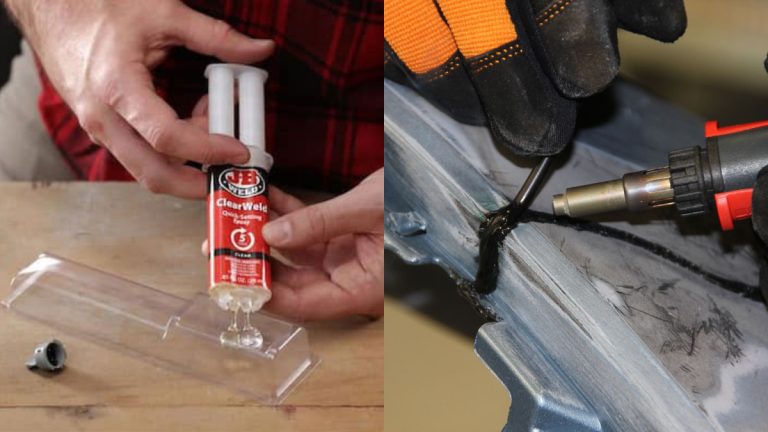Can You Use Goo Gone on Clothes: Safe Application Tips
Ever found yourself staring at a stubborn stain on your favorite shirt, wondering if Goo Gone could be the magic solution? You’re not alone. Many people face the dilemma of whether this popular adhesive remover is safe to use on fabrics.
Understanding the properties of Goo Gone and how it interacts with different materials can save you from potential mishaps. Let’s jump into whether you can confidently use Goo Gone on your clothes without causing damage.
Key Takeaways
- Effective Stain Removal: Goo Gone can efficiently remove various stains from clothes, such as grease, gum, stickers, crayons, and other gooey messes.
- Application Steps: Always test on a small, inconspicuous area first, apply directly to the stain, let it soak for a few minutes, then wash the garment as usual.
- Fabrics to Avoid: Refrain from using Goo Gone on delicate fabrics like silk, leather, and suede, as it may cause irreparable damage.
- Ventilation and Safety: Use Goo Gone in well-ventilated areas to minimize inhalation risks and wear gloves to protect your hands from irritation.
- Alternative Methods: Consider using dishwashing liquid, white vinegar, rubbing alcohol, baking soda, or a mixture of coconut oil and baking soda as safer alternatives for stain removal.
- Precautions: Always remove clothing before application, avoid excessive rubbing, and launder treated garments separately to prevent further contamination.
Can You Use Goo Gone On Clothes
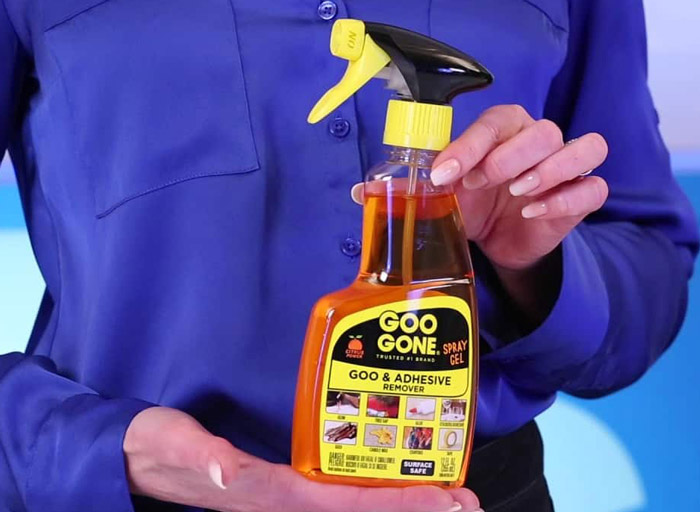
Types of Stains
Goo Gone is effective for removing a variety of stains and residues from clothing.
- Grease: Successfully lifts grease stains from khaki shorts, even post-wash.
- Gum: Essential for removing gum stuck to pants.
- Stickers: Cleans sticker residue left on fabric.
- Crayons: Eliminates crayon marks from garments.
- Other Gooey Messes: Removes gooey messes effectively.
Application Steps
When using Goo Gone, follow specific steps to ensure effectiveness and fabric safety.
- Test: Always test on a small, inconspicuous area.
- Apply: Apply directly to the stain, saturating it without excess on surrounding fabric.
- Soak: Let it soak for a few minutes.
- Wash: Wash the garment as usual after treatment.
Precautions
Testing before full application avoids damage or discoloration.
- Discoloration Check: Prevents fabric discoloration or damage.
- Moderate Use: Avoid soaking the surrounding fabric excessively.
- Safety First: Be cautious with delicate or sensitive fabric types.
| Stain Type | Effectiveness | Notes |
|---|---|---|
| Grease | High | Effective even on previously washed garments |
| Gum | High | Removes stuck gum without residue |
| Stickers | Medium | May need multiple applications for stubborn residue |
| Crayons | High | Erases crayon marks completely |
| Gooey Messes | High | Cleans up various gooey substances thoroughly |
Utilizing these guidelines enhances Goo Gone’s effectiveness on your clothes while minimizing potential fabric damage.
Factors To Consider Before Applying Goo Gone
When dealing with stubborn stains on clothes, Goo Gone can be an effective solution if certain precautions are taken. The following factors highlight key considerations to ensure safe and effective use.
Spot Testing
Before applying Goo Gone to any garment, it’s essential to perform a spot test. This test involves:
- Selecting an inconspicuous area of the fabric.
- Applying a small amount of Goo Gone.
- Observing any reaction for a few minutes to ensure there’s no damage or discoloration.
Importance: Spot testing helps you avoid potential fabric damage by detecting adverse reactions beforehand.
Material Compatibility
Not all fabrics respond well to Goo Gone. It works effectively on many common materials, but there are exceptions. Here’s a breakdown:
- Suitable Fabrics:
- Cotton
- Polyester
- Other synthetic fabrics
- Unsuitable Fabrics:
- Silk
- Leather
- Suede
- Rubber
Key Point: Using Goo Gone on unsuitable fabrics like silk and leather can cause irreparable damage.
Ventilation
Proper ventilation is crucial when using Goo Gone to avoid inhaling the fumes. Follow these guidelines:
- Work in a well-ventilated area, such as near an open window or outside.
- Avoid enclosed spaces to minimize inhalation risks.
Reason: Adequate ventilation reduces potential health risks associated with inhaling Goo Gone’s strong scent.
By adhering to these factors, you can use Goo Gone effectively while protecting your clothes and health.
How To Apply Goo Gone To Clothes Safely
Using Goo Gone on clothes requires careful application to avoid any damage. Follow these detailed steps and tips to use it effectively.
Steps For Effective Use
- Remove Clothing Before Treatment:
- Always take off the clothing item before starting. Applying Goo Gone while wearing the clothes can lead to skin irritation.
- Apply Goo Gone to the Stain:
- Use a cotton ball or clean white cloth to apply Goo Gone directly to the stain or adhesive residue. Make sure you soak the area thoroughly.
- Blot the Stain:
- Gently blot the stained area with a clean white cloth. Avoid rubbing, as this can damage the fabric.
- Launder Immediately:
- Wash the clothing separately with extra detergent right after treatment. Doing so prevents any potential staining from leftover Goo Gone residue and ensures thorough cleaning.
- Spot Test: Test Goo Gone on a small, inconspicuous area before applying it to the stain. This step prevents unexpected fabric damage or discoloration.
- Material Suitability: Goo Gone works well on cotton and polyester. Avoid using it on delicate fabrics like silk, leather, and suede.
- Ventilation: Use Goo Gone in a well-ventilated area to minimize inhalation risks.
- Use Moderately: Apply only the amounts necessary to treat the stain. Overuse may lead to fabric weakening or residual odors.
- Personal Safety: Wearing gloves can protect your hands from potential irritation.
Following these steps and precautions ensures the safe and effective use of Goo Gone on clothing.
Alternative Methods For Removing Sticky Residue
Considering Goo Gone isn’t always suitable or convenient, exploring alternative methods for removing sticky residue from clothes is essential. These alternatives offer safe and effective options for dealing with stubborn adhesives.
Dishwashing Liquid
Dishwashing liquid can effectively remove sticky residues without damaging your clothes.
Steps:
- Apply a few drops of a dishwashing liquid like Dawn to the sticky area.
- Rub the fabric lightly to work the soap into the fibers.
- Let it sit for 5-10 minutes to break down the residue.
- Rinse with warm water and wash as usual.
White Vinegar
White vinegar is a natural and mild acidic solution that breaks down sticky residues.
Steps:
- Moisten a cloth with white vinegar.
- Blot the sticky area until the residue starts to dissolve.
- Rinse the spot with cold water.
- Launder the garment to remove any vinegar smell.
Rubbing Alcohol
Rubbing alcohol is a solvent that dissolves adhesives quickly.
Steps:
- Apply rubbing alcohol to a cotton ball or clean cloth.
- Dab the sticky spot gently, avoiding excessive moisture to prevent fabric damage.
- Blot with a dry cloth to remove the residue.
- Wash the garment as per usual instructions.
Table: Comparison of Alternative Methods
| Method | Effectiveness | Pro | Con |
|---|---|---|---|
| Dishwashing Liquid | Moderate to High | Safe, readily available | May require multiple applications |
| White Vinegar | High | Natural, non-toxic | Strong odor |
| Rubbing Alcohol | High | Fast result | May damage delicate fabrics |
Baking Soda and Water
Baking soda acts as a gentle abrasive that can effectively lift sticky residues.
Steps:
- Mix baking soda with water to create a paste.
- Apply the paste to the sticky area.
- Let it sit for 15 minutes.
- Scrub gently with a soft cloth.
- Rinse and wash the garment.
Coconut Oil and Baking Soda
This combination works well for stubborn sticky spots.
Steps:
- Mix equal parts of coconut oil and baking soda.
- Apply the mixture to the adhesive.
- Rub with a cloth or your fingers to lift the residue.
- Rinse with warm water and launder the garment.
Action Point
Experiment with these alternative methods to find the one that works best for your specific fabric and sticky residue. Always perform a patch test on an inconspicuous area to avoid potential damage.
- Effectiveness: Measures how well the method removes sticky residues.
- Pro: Advantage of using this method.
- Con: Disadvantage or limitation associated with the method.
What To Avoid When Using Goo Gone On Clothes
When using Goo Gone on clothes, several considerations are critical to avoid damaging your fabrics.
Fabrics To Avoid
- Silk: This delicate fabric can suffer damage when exposed to Goo Gone’s chemicals. To maintain its quality, steer clear of using Goo Gone on silk.
- Leather: Goo Gone can alter the texture and appearance of leather. It’s best to avoid this product on leather items.
- Suede: Suede’s soft and porous nature makes it particularly vulnerable to Goo Gone’s ingredients, potentially leading to irreparable damage.
Precautions When Applying
- Remove Clothing First: Before applying Goo Gone, take off the clothing item to prevent skin irritation or other complications. This step ensures safety and effective application.
- Use in a Well-Ventilated Area: Perform treatments in an open space to minimize inhalation risks. Goo Gone’s fumes can be strong, so good ventilation is important.
Application And Cleaning Process
- Apply Goo Gone to the Stain: Directly apply a small amount of Goo Gone to the affected area. Use a clean white cloth to blot the stain gently. Avoid excessive rubbing to prevent fabric weakening.
- Launder Separately: Wash the treated garment separately using extra detergent to ensure that any residual product is thoroughly removed. This helps avoid contamination of other clothes.
Items Requiring Special Attention
- Delicate or Unfinished Surfaces: Goo Gone is not suitable for delicate or unfinished fabric surfaces due to its potential to cause discoloration or textural changes. Test in an inconspicuous area if unsure.
Summary
Recognize the types of fabrics and surfaces that do not fare well with Goo Gone. Be cautious while applying the product, always remove clothing before application, and ensure the treatment area is well-ventilated. Follow the specific steps for application and cleaning to maintain the integrity of your fabrics. Stick to these guidelines to effectively use Goo Gone on your clothes without damaging them.
Conclusion
Using Goo Gone on clothes can be an effective solution for removing stubborn stains like grease, gum, and crayon marks. But, it’s crucial to follow specific guidelines to avoid damaging your garments. Always perform a spot test on an inconspicuous area first and use the product in moderation, especially on delicate fabrics.
Remember to work in a well-ventilated area and wear gloves for personal safety. If Goo Gone isn’t suitable for your fabric type or if you’re looking for alternatives, consider other methods like dishwashing liquid, white vinegar, or baking soda mixtures. By taking these precautions, you can safely and effectively tackle those pesky stains without compromising the integrity of your clothing.
Frequently Asked Questions
Is Goo Gone safe to use on all fabrics?
No, Goo Gone is not safe for all fabrics. It is suitable for cotton and polyester but should be avoided on delicate fabrics like silk, leather, and suede to prevent damage.
What types of stains can Goo Gone remove?
Goo Gone can effectively remove grease, gum, stickers, crayon marks, and other sticky residues from clothing.
How should I apply Goo Gone to a stain on clothing?
First, test Goo Gone on a small, inconspicuous area. If there’s no adverse reaction, apply it directly to the stain using a cotton ball or cloth, let it soak, and then wash the garment immediately.
Is it necessary to wash the garment after using Goo Gone?
Yes, it is essential to wash the garment right after treating it with Goo Gone to remove any remaining product and prevent possible fabric damage.
What precautions should I take when using Goo Gone on clothes?
Always perform a spot test, use the product in moderation, avoid using it on delicate fabrics, work in a well-ventilated area, and wear gloves for personal safety.
Can Goo Gone cause discoloration on clothes?
Yes, Goo Gone can cause discoloration, particularly on delicate or dyed fabrics. Always test on a small area first to check for any color changes.
What are some alternative methods to remove sticky residue from clothes?
Alternative methods include using dishwashing liquid, white vinegar, rubbing alcohol, baking soda mixed with water, or a mixture of coconut oil and baking soda. Test these methods on a small area first.
Should I remove clothing before applying Goo Gone?
Yes, always remove the clothing item before applying Goo Gone to avoid accidental contact with skin and ensure thorough treatment.

